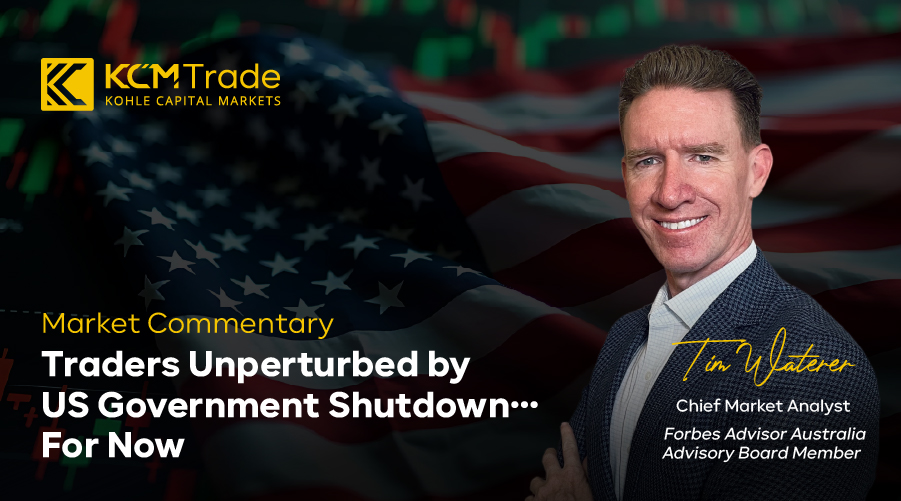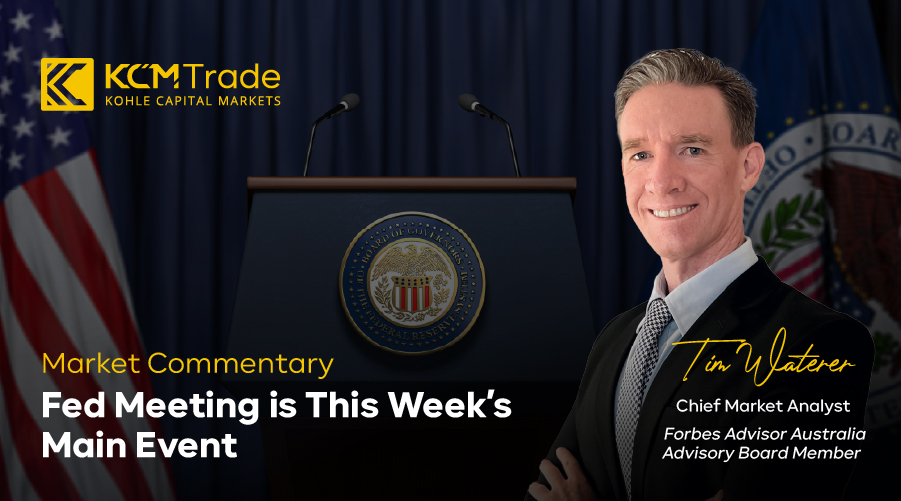Yen and Euro Woes Shield Dollar from Shutdown Worries

All else being equal, the Dollar usually wouldn’t be getting a boost during a US government shutdown. That’s because the growth (or GDP) impact from a shutdown is generally negative rather than positive. Lower growth leads to more likelihood of rate cuts happening rather than rate increases, so the theory goes. But since this latest iteration of a US government shutdown came into effect on Wednesday of last week, the USD (as measured by the Dollar Index, or DXY) has rallied 0.9%.
This somewhat counterintuitive move of the Dollar to head higher rather than lower has been influenced by expectations that the shutdown will probably last weeks rather than months, therefore limiting the extent of any negative impact on GDP. However, struggles by the yen and euro have also served to perk-up the Dollar.
The USDJPY rate has turned 3% higher this week in the wake of the LDP (liberal Democratic Party) elections in Japan, with the resulting win of Takaichi likely to stall any intent of the BOJ (Bank of Japan) to hike rates. The BOJ may well still need to raise rates before year-end should inflation remain on its current track, but the timeline of monetary policy tightening could be shifted from October to December. But the sense is that the election win of pro-stimulus Takaichi could slow or at least delay BOJ rate hikes, which has dented the yen.

Meanwhile the euro has been on the slide following the resignation of the French Prime Minister Lecornu after a truly short stint in office (just 27 days), with growing political uncertainty on the Continent taking a toll on the single currency.
So essentially, yen and euro woes have shielded the Dollar from shutdown worries. But if the US shutdown continues to the latter stages of October or even into November, the greenback may struggle to maintain its upward path.
Elsewhere, gold has benefitted from the increased political uncertainty in Europe, Japan, and the US. Gold and the US are historically, negatively correlated, but both assets have risen in tandem this week such are the market dynamics at play. Lower Japanese Government Bond (JGB) yields and a weaker yen helped gold, while the timeline for the US government shutdown remains open-ended which leaves the market guessing as to the ultimate negative-growth impact on the US economy.
Rising uncertainty levels tend to fuel gains in the gold price and we are seeing this theme play out again, with the precious metal trading at circa the $4k level. Resistance awaits at around the $4005 mark. Take-profit orders sitting just above the $4k level have the potential to subdue prices if triggered. On the low side, support sits at $3954, $3925, and further out at $3874. Market dynamics of lower US interest rates and the ongoing government shutdown are still working in favour of gold. But the temptation to take profits around the $4k mark pose a potential short-term risk.
In the oil market, the moderately sized OPEC+ production increase (of an additional 137k bpd starting in November) limited the slide in the price of crude. However, US oil remains in the lower half of the approximately $60-$66 price range it has operated in since June. Mild support sits at $60.92, while sturdier support awaits at $60.20, which is a key level if crude wants to stay trading above $60 per barrel. On the topside, resistance is at $62.75.

For the rest of the week, FOMC meeting minutes (due on Wednesday during US market hours) will be closely watched for clues about how dovish the Fed may be in coming months. With the US government shutdown dragging on, we are not sure when we will get to see certain US economic data such as the NFP (Non-farm payrolls) which has been delayed. In the absence of key labour market data, comments from Fed hawk Stephen Miran and the Fed Chairman Jerome Powell will be what investors use to try and gauge whether we are looking at one or two more cuts by the US central bank by year-end.























